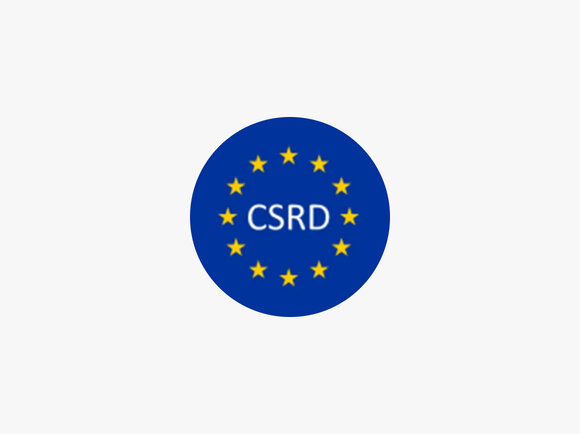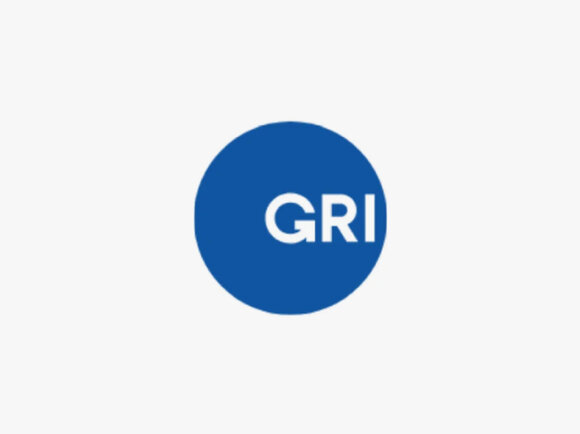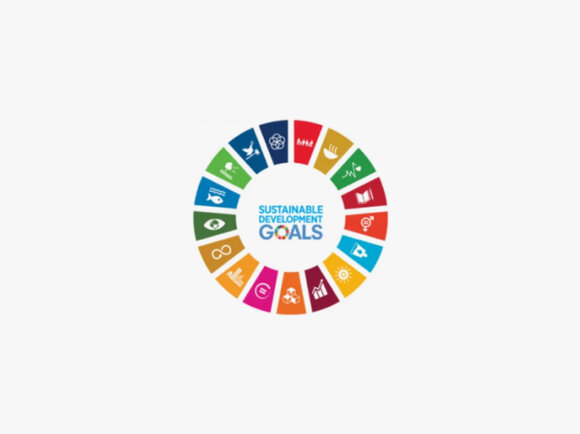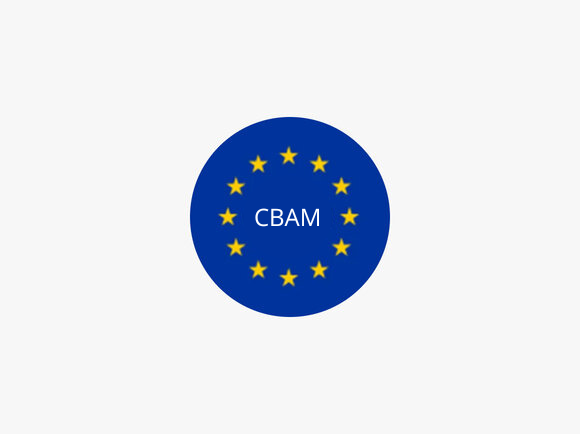Compliance with Industry Regulations
Our compliance with requirements for measuring the environmental impact of our activities encapsulates several frameworks: The Global Reporting Initiative (GRI), the Sustainability Accounting Standards Board (SASB) and the United Nations Sustainable Development Goals (SDGs). These parameters are in turn an integral part of the new Corporate Sustainability Reporting Directive (CSRD), which requires companies to report on their environmental footprint. This directive outlines a set of universally understood international standards that we can use to identify and quantify the impacts of our activities on the environment, people and society, in a way that is clear, unambiguous, uniform and comparable. It also sets out a series of sustainability goals that all stakeholders, businesses and states must strive to achieve, in order to reduce their footprint on the planet.





